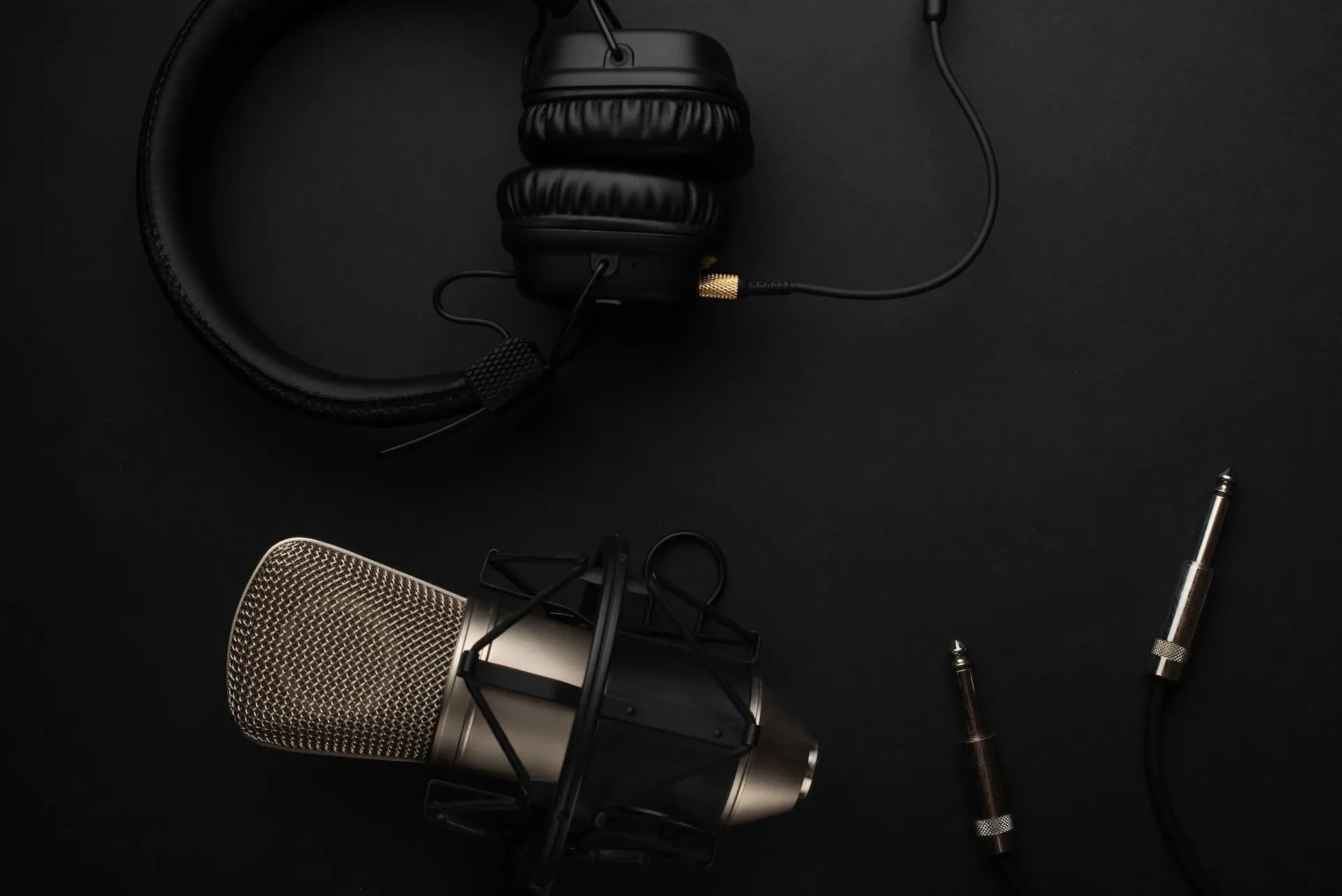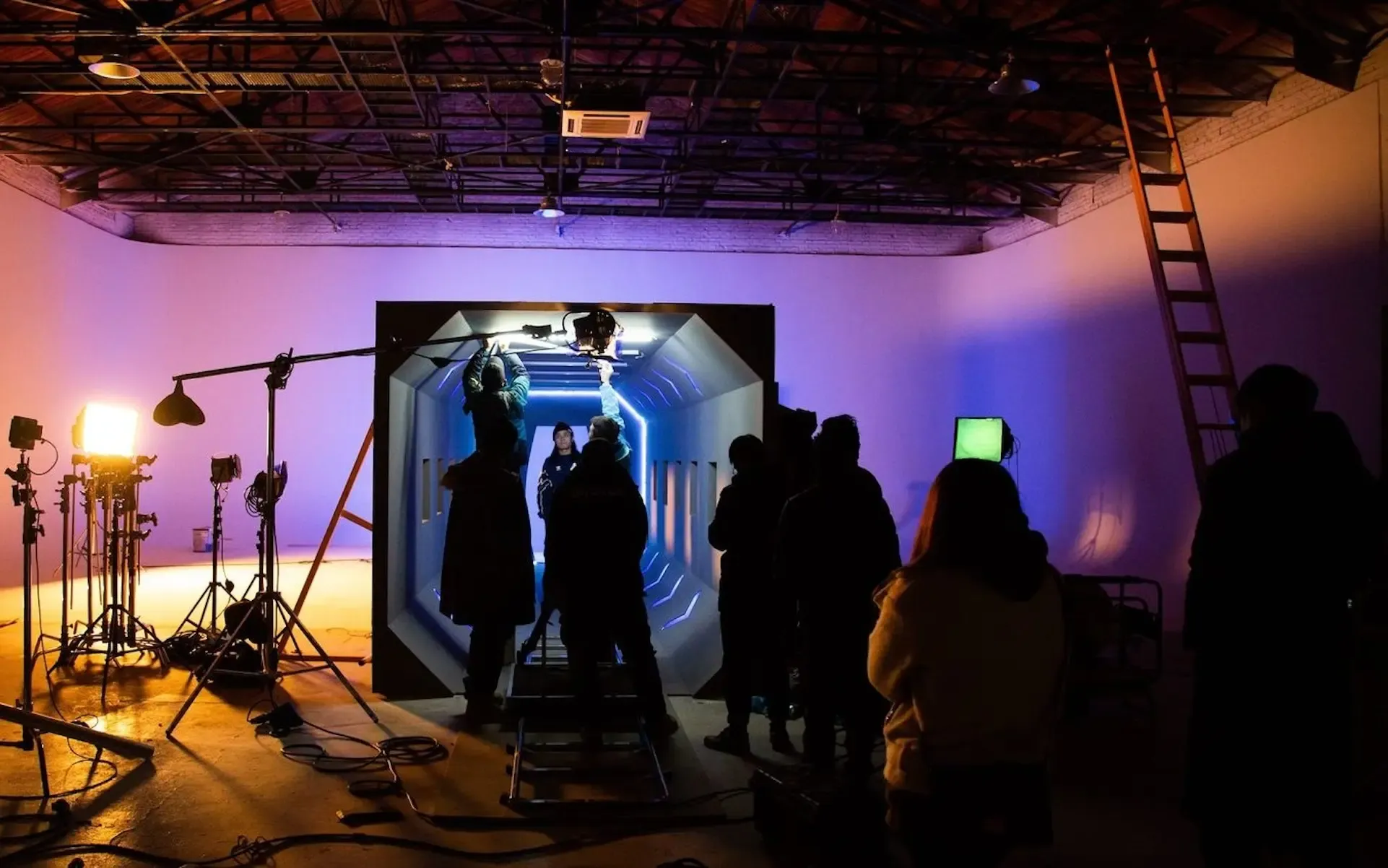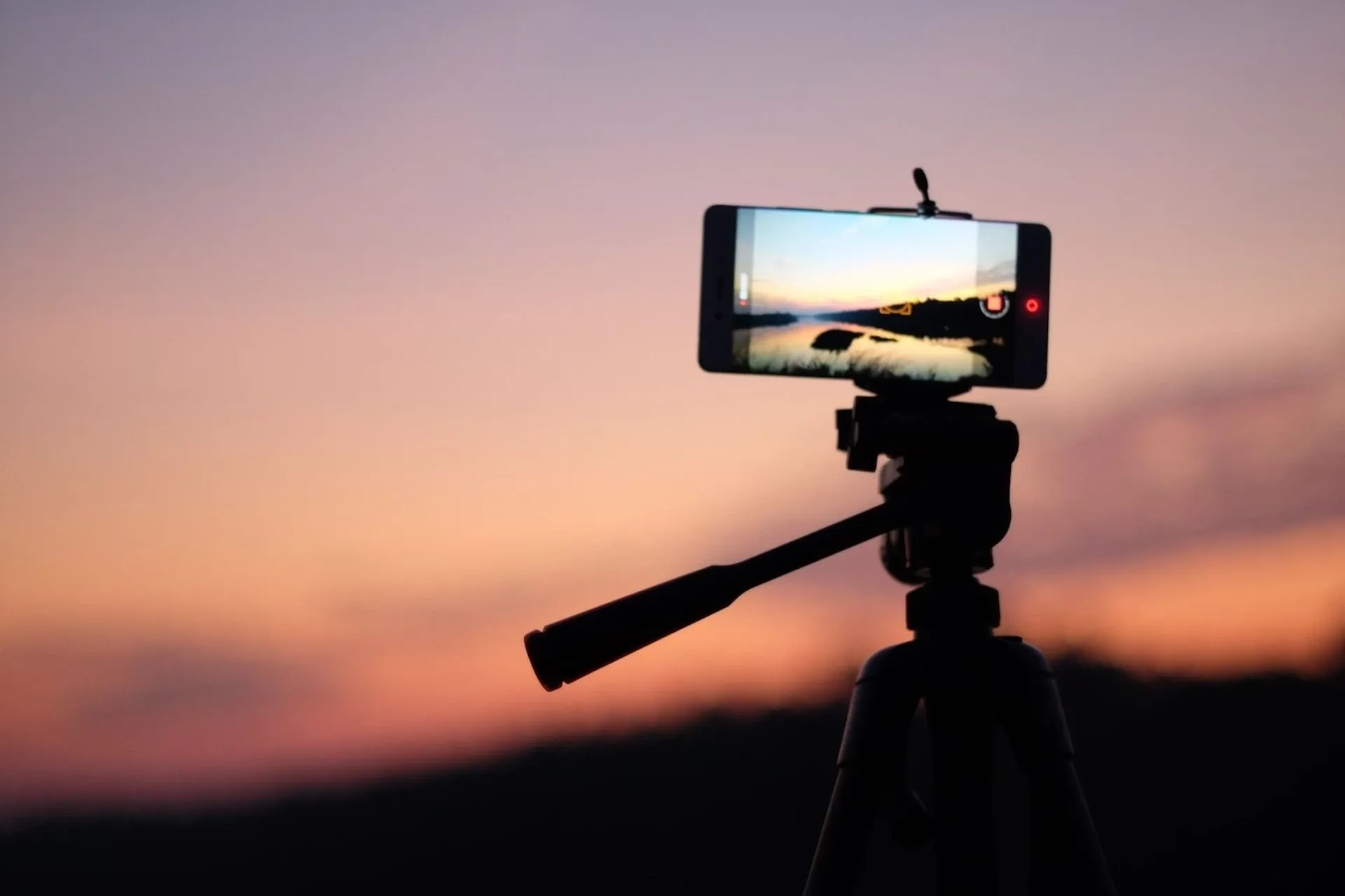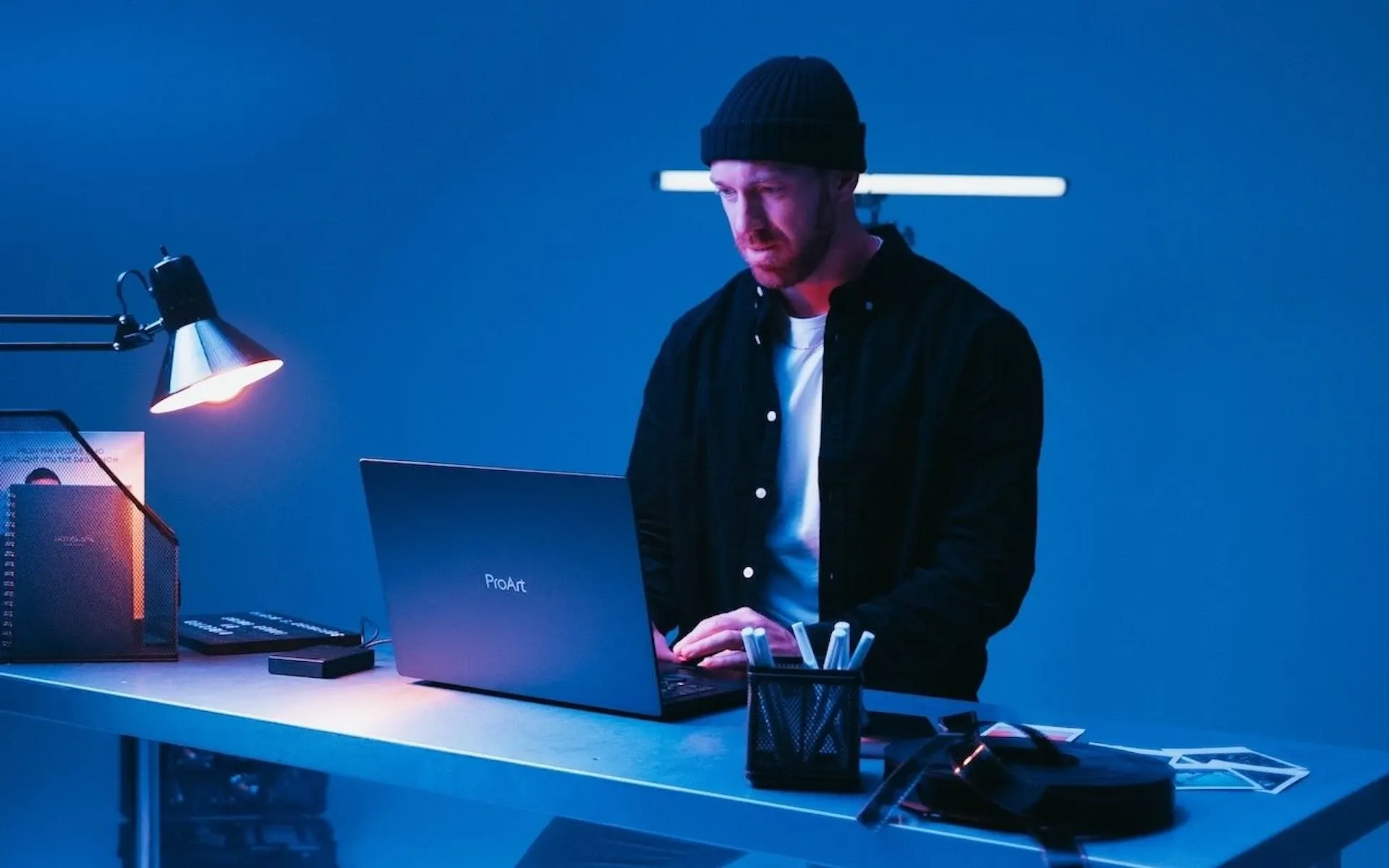How to use copyrighted music on YouTube legally
A common question for YouTubers is ‘what music can I use in my videos?' This article will answer this and all other related questions you might have. Let’s get into the nitty-gritty of using music on YouTube.

If you’re a YouTuber, you’ve probably thought: What music can I use in my videos? What music do YouTubers use? This article will answer that, plus a bunch of related questions you might have.
Check out our video with Epidemic Sound ambassador Lila below, then let’s get into the nitty-gritty of using music on YouTube!
If you're a content creator or even just an avid YouTube viewer, you might know about the… complex relationship between copyright laws and YouTube. Over the years, the platform has transformed from a place where people uploaded anything to a refined business that respects intellectual property, monetizes its services, and gives content creators the chance to build a career. As a result, Youtube’s doubled down on copyright to ensure everything’s above-board.

Can I use copyrighted music on YouTube?
The only answer to this question is: ‘It depends.’ Sorry! YouTube’s guidelines state that you must have legal permission to use music in your videos. This can be done in three ways:
- You’ve created your music from scratch, hence you own the rights to the specific track.
- You’re using a copyright-free music library. On that note, beware of shady websites; copyright-free music is often not really ‘copyright-free.’ You can read more about that in our article on how to download copyright-free music for YouTube, Instagram, Twitch, and more.
- You’re using a music provider like Epidemic Sound, which provides you with a direct license to use the music.
So, if you’re covered by one of these options, then you’re free to use the audio in your videos.

How does YouTube know that I use copyrighted music?
As mentioned earlier, YouTube’s gotten super efficient at handling copyright claims. The platform ‘scans’ every video uploaded and checks them against YouTube’s own music database, Content ID.
Content ID contains pretty much every copyrighted song in the world, ensuring that artists, labels, and songwriters are protected. If Content ID detects unauthorized copyrighted music in one of your long-form videos, you’ll receive a copyright claim. From there, YouTube lets the rights holder decide how to act. Your fate is in their hands! They can either:
- Mute the video. Your content will still be available, but there’ll be no audio.
- Remove the video. YouTube will remove the content from your channel.
- Monetize your ads. If the rights holder checks this box, they’ll receive all revenue coming from ads related to your video. The content will remain live and with sound.

The rights holder also gets access to the stats relating to your video – after all, you are using their copyright-protected material. If the rights holder feels these options aren’t adequate, they can slap you with a copyright takedown and strike.
What happens if I get a YouTube copyright strike?
If you get a YouTube copyright strike, it means the rights holder has submitted a valid copyright takedown notice against your video.
This results in a copyright strike: a formal, legal result enforced under the Digital Millennium Copyright Act (DMCA), which can have crushing effects on your account.
YouTube operates on a three-strike basis, and the first strike is the most lenient. Your offending video gets removed, and the strike remains on your account for 90 days. You’re also required to go through YouTube’s Copyright School – think of it as a speed awareness course, but not quite as dicey.
If you get two copyright strikes on YouTube within 90 days of one another, you’re in a spot of bother. The video is still taken down, but it causes a ripple effect across your channel; your videos can actually be demonetized during this period.
On the third strike, you’re out. If this happens within 90 days of your second strike, then it means that your account, along with its associated channels, is terminated. You’re not allowed to start a new one. That’s it. Game over.
You can submit a written defense against copyright strikes, and you can also issue a counterclaim. However, this is where it gets sticky – a counterclaim could end up in court!
With this in mind, it’s clear that if you want to build a successful YouTube channel, you have to find a sustainable way to access high-quality music without all those strings attached.

Can I use copyrighted music if I give credit?
Nope! It’s an urban myth. Giving credit and saying ‘I don’t own the rights’ doesn’t cover you, unfortunately. It all circles back to how you’re using that music and if you have the correct permission. If you don’t, you could end up in trouble.
Protect your right to monetize your YouTube content with Epidemic Sound
Our subscription plans give creators access to more than 50,000 tracks and 200,000 sound effects and variations, which they’re free to use in their videos. How do we do it? Well, we offer a direct license.
Our catalog is high-quality, affordable, and safe. An Epidemic Sound subscription goes beyond royalty-free music, removing the headache of licensing and freeing you up to do what you do best. You can enjoy the safety of our license hand-in-hand with our massive catalog, covering just about every genre you can think of. You’ll also gain unlimited access to our advanced search functions — finding the right sound’s never been easier.
It’s better than royalty-free. It’s worry-free. Get started with Epidemic Sound below.

Are you a YouTuber? Whether you’re an editing master or just a beginner, discover what Epidemic Sound has to offer on our Epidemic Sound for YouTube page. And, if you’re looking for some music for YouTube, we got you covered.
Related posts:

